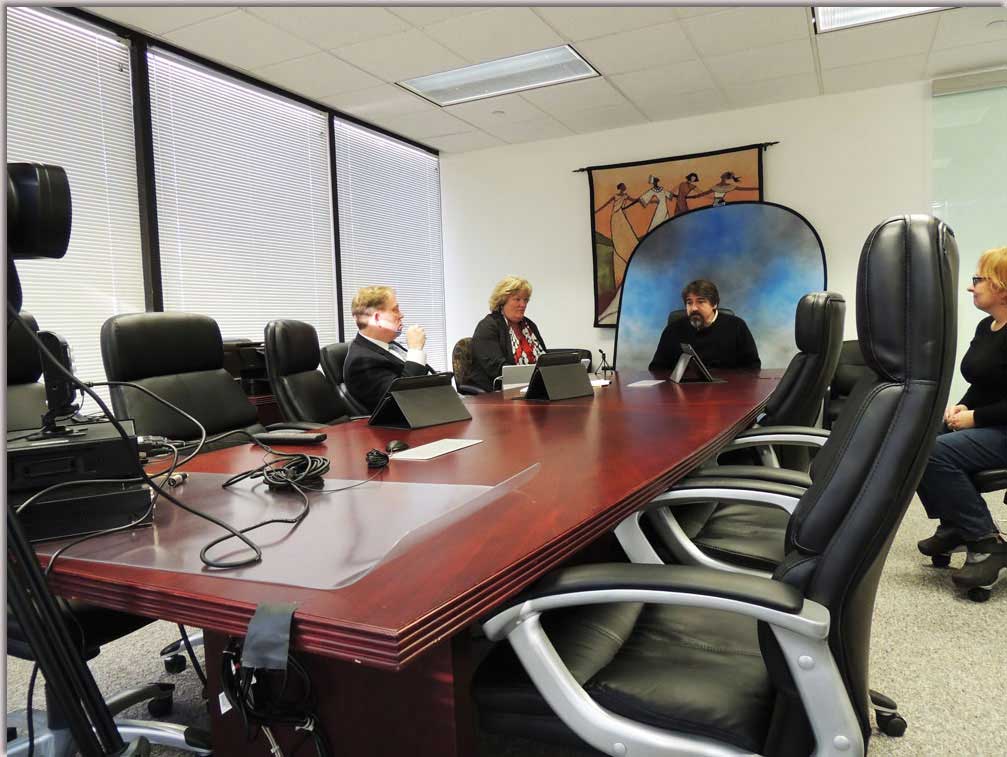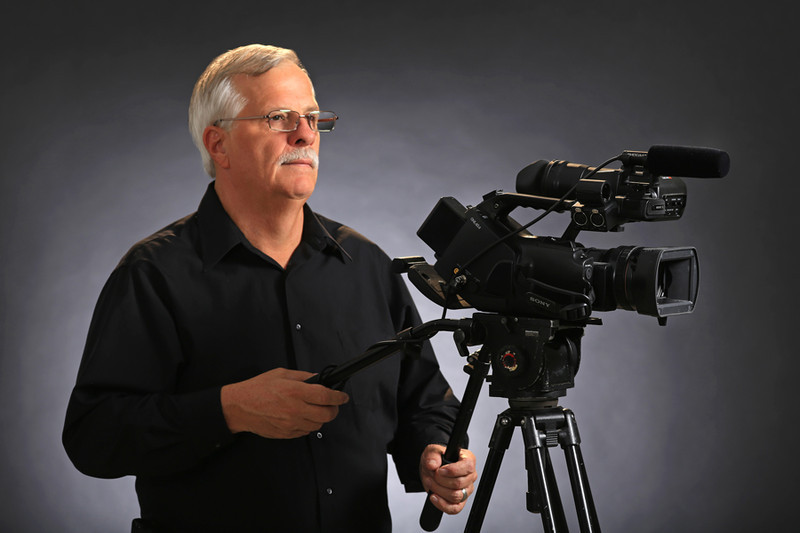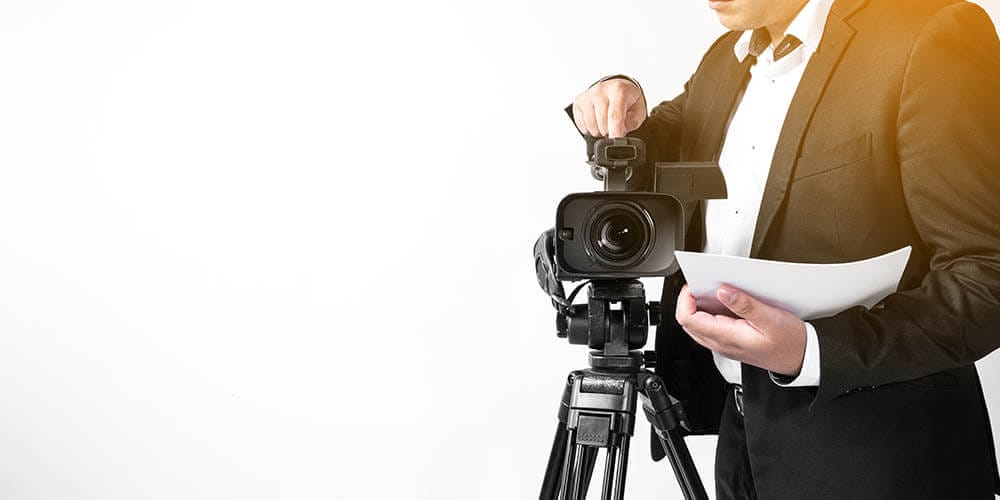Leading Benefits of Professional Legal Videography for Litigation
Leading Benefits of Professional Legal Videography for Litigation
Blog Article
Exploring the Mechanisms of Legal Videography: Unveiling Its Operation in Safeguarding Authentic Visual Testimony for Judicial Proceedings
In the realm of judicial procedures, the role of lawful videography stands as a foundation in maintaining and providing aesthetic evidence. As modern technology continues to advance, the devices behind legal videography have actually become significantly elaborate, supplying a vital layer of authenticity to testaments captured on video clip.
Historical Development of Lawful Videography
Analyzing the historic development of legal videography discloses a significant improvement in the recording and presentation of visual proof within the lawful landscape. In the past, legal process greatly relied upon composed photos and transcripts to document events and offer evidence. Nevertheless, with the advent of video clip modern technology, the legal market saw a standard change in just how aesthetic testimony was caught and provided.
The evolution of legal videography can be traced back to the late 20th century when improvements in video clip recording tools made it extra obtainable for usage in court rooms. This technical advancement not only enhanced the precision and integrity of aesthetic proof yet additionally changed the means instances were offered to juries and judges (Legal Videography). Attorneys started to identify the influential power of video clip recordings in communicating emotions, nuances, and non-verbal cues that created photos or transcripts alone can not record successfully

Modern Technology Advancements in Video Paperwork
What essential technical improvements have changed video clip paperwork in the lawful area? The lawful field has seen significant developments in video documentation technology that have enhanced the credibility and integrity of visual evidence in judicial proceedings. Among the crucial improvements is high-definition (HD) video recording capabilities, which give crystal-clear photos and sharp details that are essential for accurately recording statements, faces, and various other aesthetic cues. In addition, the combination of timestamping and metadata features in video paperwork tools has actually allowed accurate documentation of when and where the video was tape-recorded, guaranteeing the stability of the proof presented in court.
In addition, improvements in video file encryption and watermarking modern technologies have strengthened the safety and security and tamper-proof nature of video clip evidence, protecting it versus unapproved alterations or meddling. The introduction of cloud storage options and remote accessibility capacities has streamlined the storage, retrieval, and sharing of video evidence, facilitating seamless collaboration among legal experts and ensuring effective access to critical aesthetic statements when required. These technical developments in video documentation have certainly revolutionized the lawful area, boosting the precision, credibility, and admissibility of aesthetic proof in judicial process.
Duty of Lawful Videographers in Court Settings
The evolution of video documents modern technology in the legal field has actually required an important role for lawful videographers in court settings, ensuring the honesty and dependability of visual testaments provided throughout judicial procedures. Legal videographers play a basic function in capturing and maintaining accurate aesthetic proof that can be critical in lawsuit. Their duty extends to establishing devices, recording procedures, and producing high-grade videos that accurately show the events in the court.
In courtroom setups, legal videographers need to abide by stringent standards and requirements to keep the authenticity of the aesthetic document. They should have an eager eye for detail and a complete understanding of lawful procedures to make certain that the video footage they catch is a true representation of the occasions that transpired. Furthermore, legal videographers frequently work carefully with lawful teams to guarantee that the video clip proof aligns with the case's needs and can be effectively provided in court to sustain the lawful arguments being made. Generally, the duty of lawful videographers in courtroom settings is vital in upholding the principles of justice and guaranteeing the openness of lawful process.

Ensuring Admissibility and Honesty of Video Evidence
To preserve the credibility of visual proof offered in legal proceedings, guaranteeing the admissibility and honesty of video clip evidence is a crucial responsibility for lawful videographers. Admissibility describes the approval of proof by the court, and for video proof to be permissible, it must satisfy specific standards. Lawful videographers play an essential function in making certain that the video clips they record abide by the guidelines of evidence, such as integrity, credibility, and significance.
Stability of video evidence involves maintaining the originality and precision of the video from the moment it is taped up until it is provided in court. This includes securely storing the video clip data, documenting the chain of custodianship, and stopping any type of tampering or alterations. Lawful videographers have to comply with stringent procedures to guarantee the integrity of the video clip proof and avoid any challenges to its credibility.
Future Trends in Legal Videography
Provided the enhancing reliance on modern technology in lawful procedures, lawful videographers are positioned to accept innovative innovations forming the future of visual testament capture and presentation. Among the popular trends imminent is the assimilation of digital fact (VR) and augmented fact (AR) modern i was reading this technologies into lawful videography. These innovations have the potential to change exactly how visual proof exists in court rooms, enabling discretionary to immerse themselves in the scene of the crime or case.
Additionally, the usage of expert system (AI) algorithms for video clip analysis is anticipated to improve the procedure of reviewing and examining large amounts of video clip footage. AI can help in recognizing essential minutes, abnormalities, and patterns within videos, boosting the efficiency of legal examinations.

Final Thought
In conclusion, legal videography has actually played an important role in supplying authentic visual proof for judicial proceedings. With technical developments and the expertise weblink of legal videographers, the honesty and admissibility of video evidence are made sure in court settings. As lawful videography continues to advance, it will be important to support criteria that maintain the accuracy and dependability of aesthetic testimony for the future of lawful process.
Analyzing the historical development of lawful videography reveals a considerable makeover in the capturing and presentation of visual proof within click resources the lawful landscape.The evolution of video paperwork innovation in the lawful area has necessitated a vital duty for lawful videographers in courtroom settings, guaranteeing the stability and dependability of visual statements provided throughout judicial process. In addition, lawful videographers often work closely with legal teams to ensure that the video evidence aligns with the case's requirements and can be effectively presented in court to support the legal arguments being made.To maintain the reliability of visual evidence offered in lawful process, making sure the admissibility and stability of video clip evidence is a crucial responsibility for legal videographers. As lawful videography proceeds to progress, it will be vital to support standards that maintain the precision and integrity of visual testament for the future of lawful procedures.
Report this page